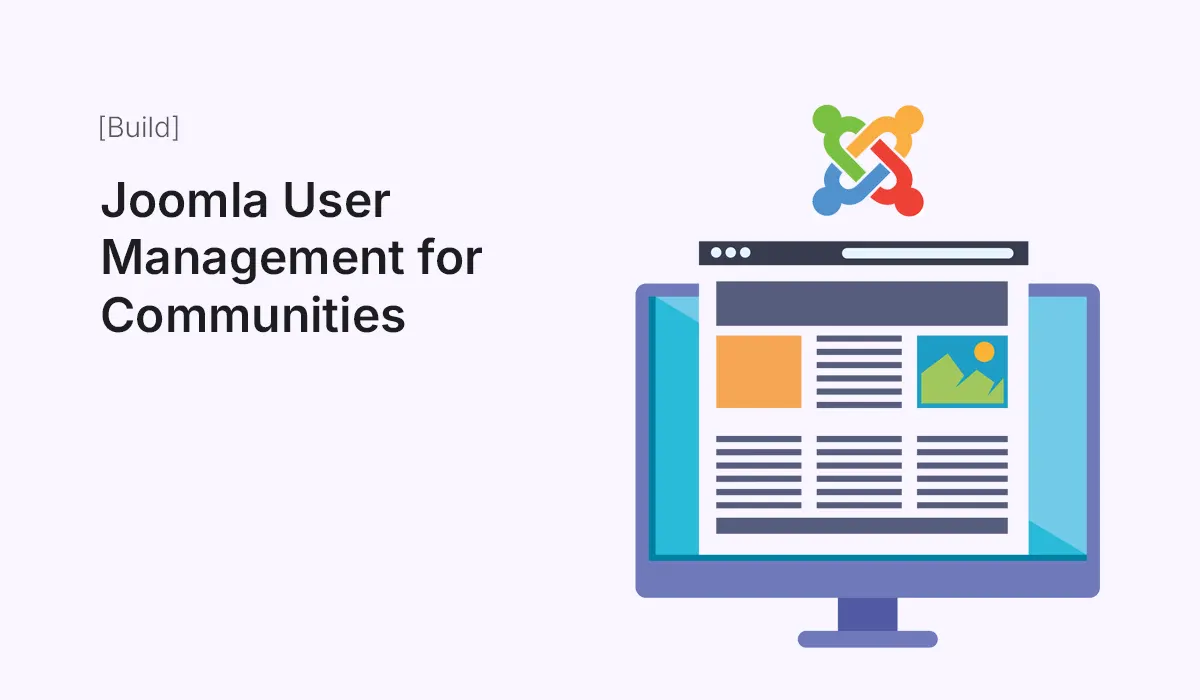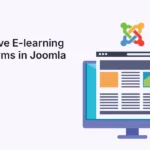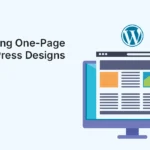Building an online community takes more than just a nice-looking website—it requires robust user management that allows you to control roles, permissions, and interactions. Joomla is one of the best CMS platforms for community-driven websites because of its advanced Access Control List (ACL), built-in user management, and flexibility with extensions.
In this guide, we’ll explore how to use Joomla’s user management system to build and maintain thriving online communities.
Why Joomla for Communities?
While platforms like WordPress rely heavily on plugins for user role customization, Joomla comes with powerful user management features out of the box. For community sites—like forums, membership portals, intranets, or social networks—this is a huge advantage.
Key benefits include:
- Granular Permissions: Define exactly what different user groups can see and do.
- Multilingual Support: Perfect for international communities.
- Scalability: Manage small groups or thousands of members.
- Secure Authentication: Includes features like Two-Factor Authentication.
Core Joomla User Management Features
User Registration & Profiles
- Joomla allows you to enable or disable public registration.
- New users can be automatically assigned to a default group (e.g., Registered).
- You can extend user profiles with custom fields (e.g., location, interests, or skills).
User Groups
Joomla uses a hierarchical structure of user groups, such as:
- Public – Visitors without an account.
- Registered – Standard logged-in members.
- Author/Editor/Publisher – Content contributors with different publishing rights.
- Manager/Administrator/Super User – Site management and full control.
You can also create custom groups tailored for your community—for example, Volunteers, Premium Members, or Forum Moderators.
Access Control List (ACL)
ACL is Joomla’s most powerful feature for communities. It allows you to control:
- Who can view certain pages (e.g., members-only forums).
- Who can create, edit, or publish content.
- Who can manage users, extensions, or site settings.
Example:
- Volunteers → Can view private resources.
- Moderators → Can manage forum posts.
- Premium Members → Access exclusive content.
User Permissions
Permissions can be set for articles, categories, modules, or components. For instance:
- Allow only Authors to submit blog posts.
- Restrict Registered Members from editing pages.
- Grant Community Leaders rights to approve member-submitted events.
Extensions to Boost Joomla Communities
While Joomla’s core is powerful, extensions can turn your site into a full-featured community hub:
- Community Builder – Extend user profiles with photos, contact details, and custom fields.
- JomSocial – A social networking extension with timelines, groups, and private messaging.
- Kunena Forum – The leading forum extension for Joomla.
- EasySocial – Advanced social features like activity streams, private messaging, and user groups.
- AcyMailing – Email and newsletter management for engaging your community.
Practical Setup for a Joomla Community Site
- Enable User Registration – Configure Joomla to allow public signups.
- Create User Groups – Define groups like Members, Moderators, and Leaders.
- Configure ACL – Decide what each group can see or do.
- Customize User Profiles – Add custom fields relevant to your community.
- Install Community Extensions – Add forums, messaging, or social features.
- Encourage Engagement – Set up newsletters, events, and gamification.
Best Practices for Joomla User Management
- Keep Permissions Simple – Avoid overly complex ACL setups.
- Use Strong Authentication – Enable Two-Factor Authentication for admins and moderators.
- Monitor Activity – Track logins and user activity for security and engagement insights.
- Regularly Update Extensions – To maintain security and compatibility.
- Onboard Users Smoothly – Send welcome emails and provide tutorials for new members.
Final Thoughts
Joomla’s built-in user management system is one of the most powerful features for building communities. With ACL, custom groups, and extensions like Community Builder or JomSocial, you can create anything from a small membership site to a large social network.
If you’re planning to launch a community site in 2025, Joomla remains one of the most reliable and flexible choices.
Ready to launch your own online hub? Start building with Joomla user management for communities and create a thriving digital space today!






